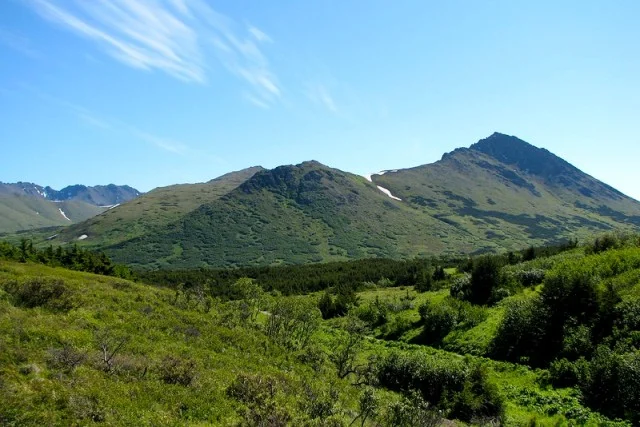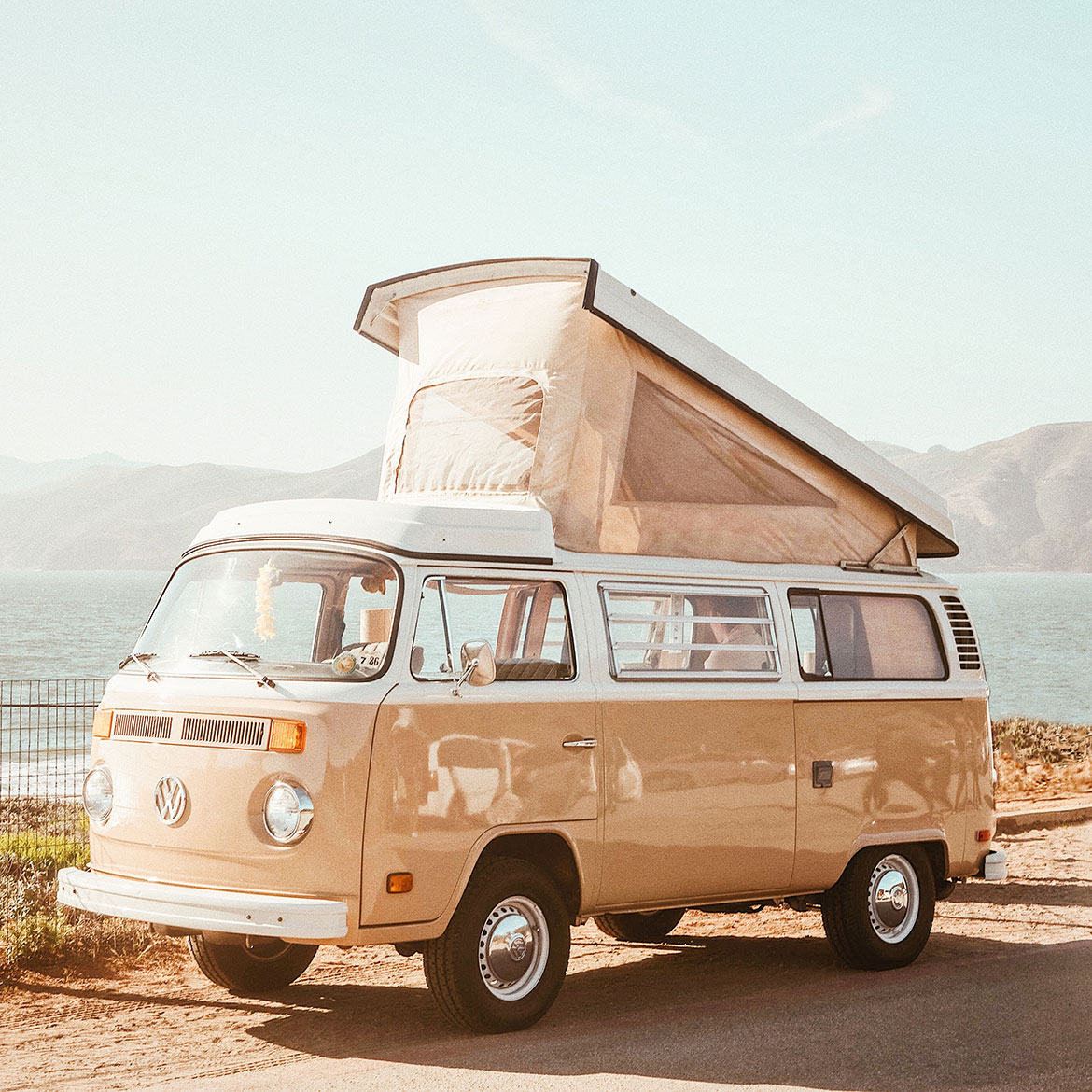Planning the Perfect Alaskan Adventure: Tips, Trails & Travel Routes

Alaska’s raw wilderness, towering peaks, and glacier-scoured fjords have a way of sticking in your imagination long after you return home. Yet turning that dream into a seamless Alaskan Adventure—one that squeezes the most out of precious vacation days without racing past the magic—takes forethought. Below you’ll find a traveler-tested playbook: when to go, how to string together regions, which trails to lace up for, and the latest logistics you need to know for 2025 and beyond. By the time you zip your duffel closed, you’ll have an itinerary you can trust—and a head full of bear-size anticipation. alaskaitinerary.com
The Best Time to Go
Summer (June–August) delivers mild temperatures (50s–70s °F) and up to 20 hours of daylight—ideal for long hikes and wildlife cruises. It’s also peak tourism season, so book vehicles and lodges six-plus months out. Shoulder months May and September shave costs and crowds while still offering decent daylight; early May snowmelt can keep higher trails muddy, while late September brings vivid fall color and the first chances to spot the aurora. Winter (late October–April) turns the state into a playground for dog mushing and northern-lights chasing, but many coastal lodges and ferries hibernate until spring. cntraveler.com
Bottom line: time your Alaskan Adventure around the activities you can’t miss. Want salmon runs and grizzly sightings? Shoot for July. Dreaming of aurora selfies? Plan for late February or early March when skies are clearest.
Mapping Your Trip: Keep It Regional
Alaska is bigger than Texas, California, and Montana combined. Don’t try to “see it all” in ten days. Instead, pick one or two regions and let them breathe:
- Southcentral (Anchorage & Kenai Peninsula) – Easy road access, fjord cruises, and quick day hikes.
- Interior (Denali & Fairbanks) – Talkeetna flightseeing, tundra wildlife, and midnight-sun golf.
- Southeast (Inside Passage) – Misty fjords, humpback bubble-net feeding, and Tlingit culture.
- Arctic or Western Alaska – Fly-in villages, caribou migrations, and, for the lucky, polar bears.
Keeping distances realistic lets you savor each stop, transforming your Alaskan Adventure from a box-checking sprint into a deep dive.
Core Travel Routes
1. The Anchorage–Denali–Fairbanks Loop
Pick up a rental in Anchorage, stock a cooler at a local grocery, and point your rig north on the George Parks Highway. Detour for salmon fishing on the Talkeetna River or a glacier landing flight. At Mile 237, roll into Denali National Park. Note that the Park Road remains closed at Polychrome (Mile 43) until at least 2026 while crews build a landslide-bypassing bridge; shuttle buses currently turn around at East Fork. nps.govalaskapublic.org Push on to Fairbanks for hot springs and possible aurora, then return south via Delta Junction and the Glenn Highway. One classic loop, one unforgettable Alaskan Adventure.
2. The Marine Highway & Inside Passage
Fjords too tight for big cruise ships, or you simply crave a DIY vibe? The Alaska Marine Highway System (AMHS) ferries connect Bellingham, Washington, with Ketchikan, Juneau, Sitka, Haines, and Whittier. Book early: cross-Gulf sailings are limited in 2025 while a mainline vessel undergoes emission-control upgrades. bookamhs.alaska.gov Bring camp chairs for the solarium deck, pitch a tent on the aft deck, and watch porpoises race the bow. String a route: Ketchikan’s totems → Juneau’s ice-field helicopter trek → Sitka’s sea-otter coves → Haines’ roadside Chilkat Bald Eagle Preserve. Few journeys feel more quintessentially Alaskan Adventure than steering your own course through tidewater channels.
3. Rails, Wings & Rentals
The Alaska Railroad links Seward, Anchorage, Talkeetna, Denali, and Fairbanks with dome-car views and barista coffee in motion. Pair rail with a one-way rental car or “fly/drive” bush-plane hop to reach roadless gems like Lake Clark National Park. Mixing modes fattens flexibility, trims backtracking, and keeps your Alaskan Adventure from bogging down in windshield time.
Must-Hike Trails
| Trail | Region | Distance (round trip) | Why Go |
|---|---|---|---|
| Flattop Mountain | Anchorage | 3.3 mi | City-within-minutes summit and inlet views |
| Harding Icefield | Kenai Fjords NP | 8.2 mi | Stand above a 700-square-mile frozen sea |
| Savage Alpine | Denali NP | 8 mi | Tundra ridges; no shuttle needed under current closure |
| Winner Creek | Girdwood | 5 mi | Hand-tram over a glacier river |
| Chilkoot Trail | Skagway–B.C. | 33 mi | Gold-rush history plus alpine passes |
Remember: elevation gains, not miles, tire you fastest. Pack layers—even July mornings can start in the 40s. Check trail conditions daily (river fords swell fast) and heed closure notices. Slotting a rest day between big pushes keeps your Alaskan Adventure enjoyable instead of exhausting.
Wildlife & Safety Essentials
- Bear Basics: Carry EPA-approved bear spray (not in airline checked bags). Store scented items in bear-proof lockers or bear hangs at campgrounds. Make noise on brushy trails.
- Moose Manners: If a cow has calves, back away—fast. More visitors are injured by moose than bears each year.
- Tides & Ice: Guided tours are worth every penny on tidal glaciers and sand bars that vanish under 20-foot swings.
Following local etiquette protects both you and the wildlife that make an Alaskan Adventure legendary. travelalaska.com
Packing & Gear
Layering is gospel. Think synthetic base, microfleece or lightweight down mid-layer, and waterproof shell. Toss in:
- Refillable water bottle and microfilter
- Bug head-net for June–August mosquitos
- Trekking poles for slick scree
- Dry bags for ferry or kayak segments
- Quick-dry towel (lodges often charge for extras)
A well-packed duffel saves money on gear rentals and keeps your Alaskan Adventure nimble.
Budget & Booking
Alaska isn’t cheap, but smart timing helps. Lodges drop rates 20–40 percent in May and September, and car rentals rebound sharply in August when early season visitors head home. Use Anchorage as the flight hub—competitive fares often undercut Fairbanks by $150-plus round-trip. Pre-book ferries, rail legs, and Denali shuttle seats as soon as 2025 tickets open (typically nine months out). A loose “reserve early, cancel later” mindset safeguards prime slots while you refine your Alaskan Adventure day-by-day. alaskaitinerary.com
Pitfalls to Dodge
Local experts agree on six common blunders: underestimating driving distances, expecting guaranteed wildlife sightings, packing cotton instead of layers, ignoring Indigenous culture, planning to “see it all” in one week, and assuming blue-sky weather. Avoiding them turns frustration into fascination. businessinsider.com
Traveling Responsibly
Respect “leave no trace” principles. Support Native-owned tour operators and craft markets. Many communities rely on tourism dollars; spending locally amplifies your Alaskan Adventure’s positive impact.
A Sample 10-Day Itinerary
- Day 1–2: Anchorage & Flattop hike
- Day 3: Drive to Seward, Harding Icefield day trek
- Day 4: Kenai Fjords wildlife cruise
- Day 5: Alaska Railroad Seward→Talkeetna
- Day 6-7: Denali shuttle to East Fork, Savage Alpine Trail
- Day 8: Fairbanks aurora & Chena Hot Springs
- Day 9: Flightsee back to Anchorage via glaciers
- Day 10: Fly home, blissfully tired
Tailor pace and detours, but keep buffer hours for weather. This loop balances epic scenery with doable drives—and hits “greatest-hits” highlights without hijacking your Alaskan Adventure budget.
FAQs
Q1: Do U.S. citizens need a passport for Alaska?
A: No passport is required when flying or driving directly from another U.S. state; you’ll abide by standard TSA ID rules. Cruises that start or end in Canada may require one. travelalaska.com
Q2: How far in advance should I book lodging?
A: Six to nine months for June–August is prudent, especially inside Denali or along the Inside Passage where room counts are small.
Q3: Can I drive my rental car the full Denali Park Road?
A: No. Private vehicles stop at Mile 15; beyond that you must ride a park shuttle—currently turning at Mile 43 until the 2026 bridge completion. nps.govalaskapublic.org
Q4: What’s the luggage limit on Alaska Railroad?
A: Two checked bags (50 lbs each) plus a carry-on; oversize gear like skis or bikes rides for a small fee.
Q5: Is ferry camping comfortable?
A: Surprisingly so. The solarium deck is heated, and you can pitch a small tent on deck. Just bring sturdy duct tape to secure guylines in wind. dot.alaska.gov
Q6: How many times will I likely see the aurora in summer?
A: Close to zero. Midnight sun washes out the sky; plan September–April trips for aurora-centric Alaskan Adventure goals.
Image Source: Flicker








